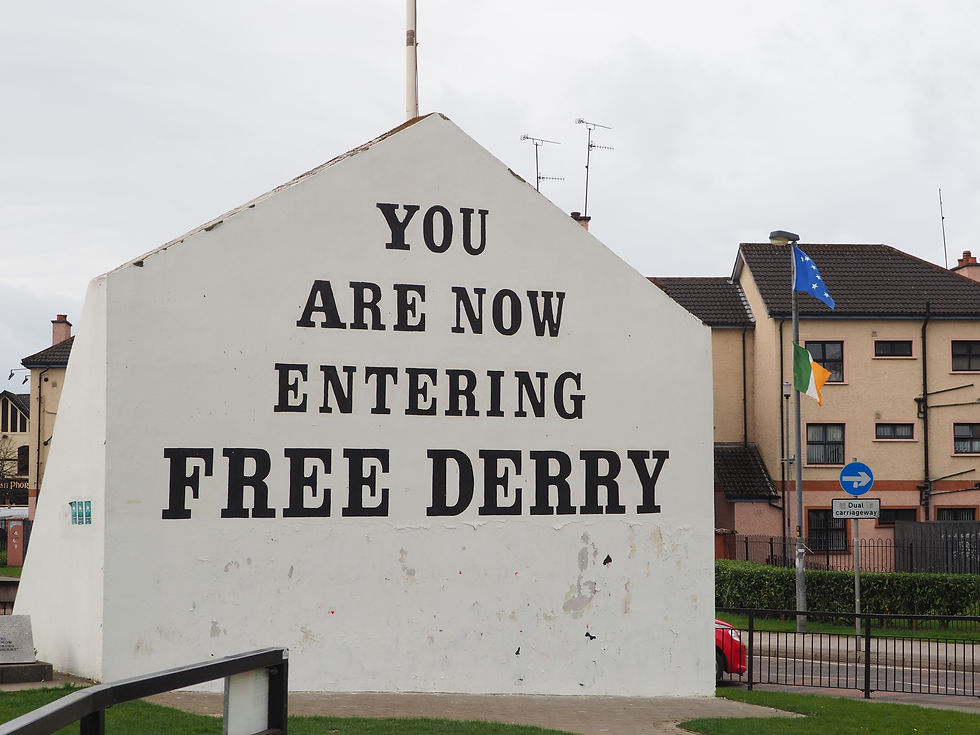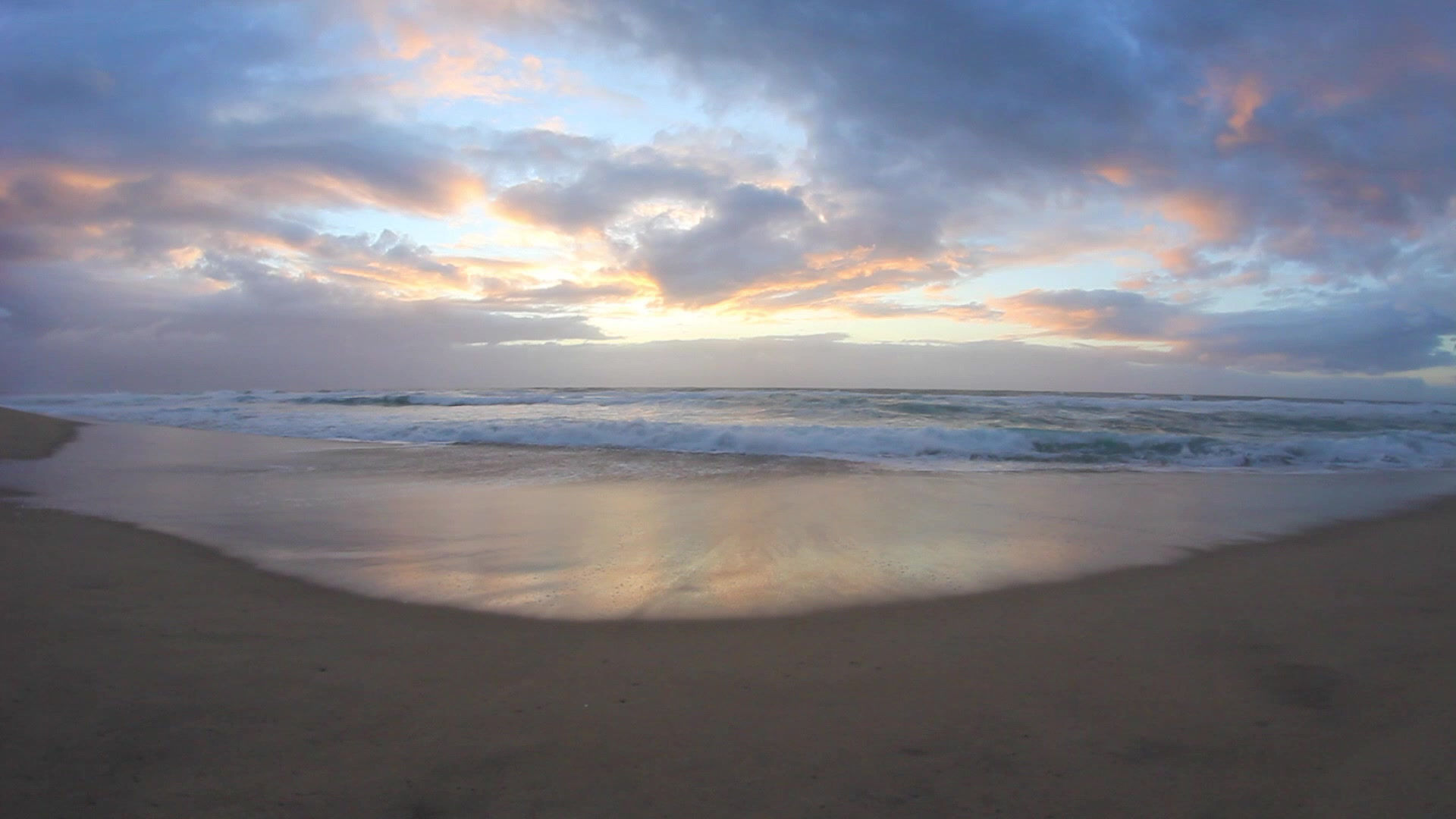Derry/Londonderry: Bloody Sunday
- Pauline Bouras
- Apr 19, 2018
- 2 min read
Updated: Apr 17, 2021

Rest day - Wednesday, April 18th 2018: Derry/Londonderry 0 km / 618 km, 17°C, cloudy
Derry, which official name is Londonderry in fact, is indeed a pretty city. It's the only walled city remaining in Ireland. You can walk along that walls, and see why the place's been chosen, on top of the hill, above the Foyle river. The Guildhall is really beautiful, and Peace Bridge is remarkable for its architecture.
But of course, unfortunately, that's not why Derry is famous. Everybody heard about Bloody Sunday, at least from U2's song. I went to visit the Free Derry Museum, which really explained what happened, almost minute by minute on that Sunday, January 30th 1972 and how events led to that tragedy. In the '60s, Derry was ruled by the protestant minority living inside the walls, while the catholic majority, had to live outside, in Bogside, and had no access to houses, jobs, etc. Like in the USA, the Catholics started to ask for civil rights and no discrimination in 1969. On that Sunday, in 1972, it was a peaceful march organised without IRA, in Bogside. But the British army opened fire on them, killing 13 people on that day (a 14th died 5 months later). The British army and government at that time said the victims were terrorists, with bombs, and an investigation just after said the same. In 2010, after years of investigations, the truth came upon the face of the world: none of the killed was armed, they were all innocents, and the Prime Minister, David Cameron had to apologise for what the government and the army have done. When you visit the museum, which is not very big, but very heartbreaking, you can see the clothes of some of the victims, and some of them were shout in the back. One of them had a white flag. Most of them were aged 17 to 22. You really want to cry when you learn what happened, and how it provoked the Troubles period.
So Derry was a good conclusion to my trip to Northern Ireland.




Comments